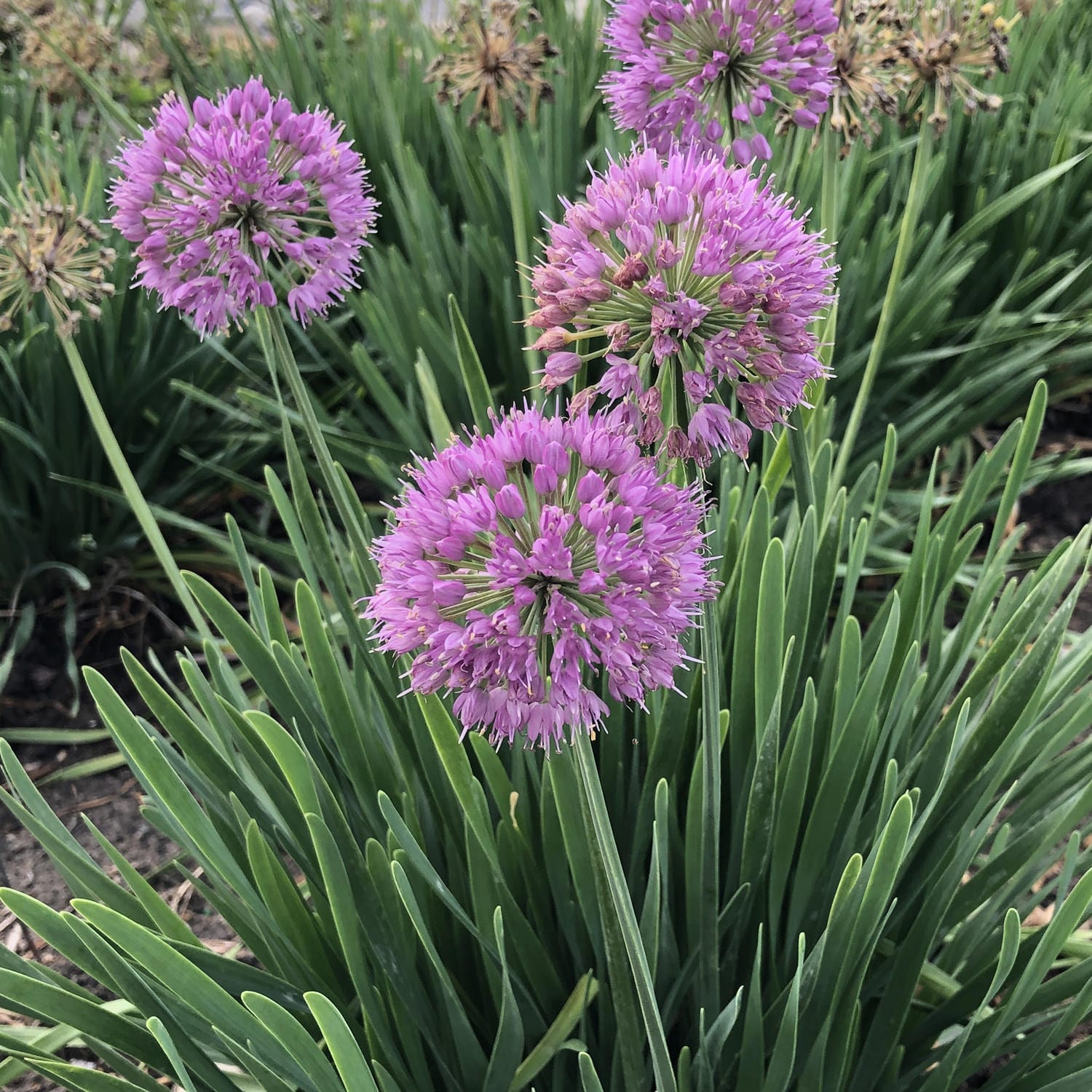Alum Serendipity Plant: Unlocking Nature’s Hidden Healing Story

Let’s cut through the confusion, misinformation, and nursery label muddles: if you’ve landed here searching for “Alum Serendipity plant,” you’re not just looking for care tips—you want clarity and mastery. So let’s treat this as a problem-solving master class. We’ll start at beginner level—clear up exactly what plant you’ve got—then progress step-by-step through expert-level troubleshooting, design, division, and even garden legend-building. I’ll share what actually worked in my hands-on experience (failures included), and provide advanced tactics that turn your ‘Serendipity’ patch from “pretty” to “show-stopper.”

Alum Serendipity Plant Master Class: From Mystery Tag to Garden Glory
1. Unraveling the Mystery: What Exactly is the Alum Serendipity Plant?
The #1 question I get—by email, in garden club meetings, or when neighbors peer over my fence—isn’t about growing tips; it’s “What IS this plant?”
The Real Story
Years ago, at a spring sale, I saw a tray labeled “Alum Serendipity.” Neither my botany degree nor two decades of gardening immediately helped—because there is no official species by that name. Here’s how the confusion snowballs:
- Allium ‘Serendipity’: A hybrid ornamental onion with blue-green grass-like leaves and purple globe flowers.
- Heuchera (‘Alumroot’): Dramatic foliage with small bell blooms.
Nine times out of ten, if you see “Alum Serendipity” at a nursery—and those iconic round purple flower balls are present—it’s Allium ‘Serendipity’.
PROBLEM-SOLVER TIP:
If you’re ever unsure which plant you have:
- Snap off a leaf and rub it gently.
- Mild onion scent? Allium.
- No scent + ruffled/veined leaves? Heuchera.
Mistaken identity happens all the time. Last summer alone I handled three local cases where folks brought me “sick alum serendipities”—two were alliums underwatered; one was a heuchera with root rot!
2. Beginner Foundations: Setting Up For Success
Sourcing Like an Expert
Skip the generic big-box plants unless labels are clear. My go-to sources after years of trial:
- Bluestone Perennials (ships robust plugs)
- Proven Winners®: Trusted genetics
- Local independent nurseries—where staff can ID plants on sight.
How to Spot MVP Stock in 30 Seconds:
- Look for upright blades (not floppy or yellow)
- No soggy base (future rot magnet)
- Roots should be white/tan—not circling tightly or brown-mushy
If price is your concern, expect $8–$15 per gallon pot in 2024. Don’t skimp; bargain bulbs are often last year’s leftovers.
Best Site Conditions
Picture native Midwestern prairies: sunny exposures, well-drained loam mixed with sand or gravel. Allium ‘Serendipity’ isn’t fussy once established—but hates wet feet.
My Formula for Flawless Soil Prep:
- Dig down 10–12 inches.
- Blend in ⅓ compost + ⅓ coarse sand/grit if soil is heavy.
- Shape slight mound if drainage is questionable.
- Work in slow-release fertilizer at planting time (I use Espoma Bulb-Tone).
Container tip: Use at least a 12" diameter pot; fill with bagged cactus mix or add pumice/grit to regular potting soil.
3. Intermediate Care Tactics (Beyond Water & Light)
After years of troubleshooting newbie mistakes, these are the issues that pop up most often—as well as the cures I rely on:
Overwatering Woes
Every failed first attempt (“Why are my bulbs mushy?”) traced back to soggy roots. Solution:
- Water only when top inch dries out—even less after first year.
- If indoors for winter storage (uncommon but possible), water once every three weeks.
Sunlight Finessing
In deep shade? Expect few or no flowers—even lush foliage won’t save bloom performance without minimum six hours direct sun daily.
I experimented by tucking some clumps on my north side as an experiment: best result? A single flower stalk versus dozens on my south-facing patch.
Division Discipline
By year four or five, clumps can look tired—fewer blooms, crowded leaves.
- Early spring or fall: dig up entire clump with broad fork.
- Snap off bulblets by hand; discard soft/diseased ones (they smell unpleasantly sweet when rotting).
- Replant divisions immediately; water deeply once.
Pro tip from hard-earned experience: never divide during full bloom! I did this once out of impatience—the result was limp leaves and zero flowers next season.

4. Advanced Design & Display Strategies
Want your garden to look like a pro designed it? Here’s how to graduate from basic clumps to Instagram-worthy sweeps:
Mass Planting Spacing & Layering
For maximum impact:
- Plant groups of five or more spaced about 12" apart—a triangle layout gives fuller effect than straight rows.
- Layer behind lower sedums (Sedum ‘Autumn Joy’) for sequence color transition.
In one test bed (2019), alternating allium drifts with spiky Russian sage created a ripple effect—the purples played off each other beautifully while drought-tolerant habits matched perfectly.
Foolproof Companion Pairings
My personal favorite combos after years of tweaking:
- Purple alliums + yellow coreopsis = electric summer color contrast
- Alliums nestling into silver-leaf artemisia for texture play
- Drifts next to airy prairie dropseed (Sporobolus heterolepis)—the grass billows hide foliage as it declines late season
Container fans: Underplant alliums with trailing verbena for ground-hugging color beneath spheres.
5. Troubleshooting Like an Expert
Every master gardener has their secret diagnostic checklist—here’s mine:
| Symptom | Likely Cause | Solution |
|---|---|---|
| Leaves yellow/brown | Overwatering/root rot | Reduce watering; check drainage |
| Lush growth/no blooms | Too much nitrogen/fertilizer | Withhold fertilizer; maximize sunlight |
| Floppy stems | Overcrowding/too much shade | Divide clumps/move to brighter spot |
| Poor survival post-winter | Wet conditions | Amend soil w/sand/gravel before replanting |
Dialogue snippet from last August between me and another local gardener who’d lost half her patch:
Me: “How often do you water?”
Her: “Every other day!”
Me: “Try cutting back to weekly, max—and raise beds six inches.”
Her success rate doubled next season.
6. Pushing Into Expert Territory – Propagation & Seed Saving
Most guides gloss over this—but propagating Allium ‘Serendipity’ is straightforward if you know tricks pros use:
Dividing For Vigor
After flowering fades but before full dormancy sets in is prime dividing window (late summer/early fall). Use sharp hori-hori knife for minimal disturbance—a true Japanese digging knife pays for itself fast ($25–$40 investment).
Seed Collection (& Why It’s Rarely Practical)
Truth bomb: Most cultivars like ‘Serendipity’ won’t come true from seed due to hybrid genetics—but collecting seed heads is fun if you enjoy experimentation!
Steps:
- Let flower heads fully dry until seeds rattle inside capsule (~September).
- Scatter on prepared bed outdoors or sow thinly indoors—but don’t expect identical plants!
- Label meticulously—in my experiments only ~10% closely resembled parent; most had subtle differences in height/floret shape.
7. Crunching Numbers – Costs, Yields & Maintenance Time
For those who want hard data before diving in:
Annual Investment Estimate (for a border of ten plants):
- Plants ($10 each): $100
- Compost/sand amendments: $20–$30 per 20-foot bed
- Spring fertilizer/topdressing mulch: $15/year
Time Commitment:
First season: ~20 minutes/week watering/monitoring
Established beds (>1 year): <5 minutes/week except during division (~1 hour every few years)

In terms of effort/reward ratio—it doesn’t get better than this!
8. Common Pitfalls — And My Lessons Learned The Hard Way
Let me share how NOT to lose your first crop:
- Planting Too Early: Late frosts killed early buds one cold April—I now always wait until frost date passes.
- Crowding With Thirsty Neighbors: Once paired alliums beside moisture-loving astilbes…results were rotten bulbs every July!
- Ignoring Mulch Gap Around Crowns: Mulch touching stems led directly to fungal crown rot—a simple two-inch buffer solved everything since then.
- Assuming Tag Is Law: Never trust nursery tags blindly! Confirm ID using scent test and picture search before purchase/planting.
9. Master Class Action Plan – Your Pathway From Novice To Expert Grower
Follow this no-nonsense progression:
Stage One – Rookie Setup
Identify your plant using leaf-scent test → purchase robust starts → prepare sunny site/container w/excellent drainage → plant crown level → water sparingly first month only when dry topsoil detected
Stage Two – Confident Cultivator
Monitor foliage health monthly → remove spent blooms midsummer → fertilize lightly next spring if needed
Stage Three – Savvy Designer
Group bulbs en masse along favorite border → weave through companion perennials identified above → tweak spacing yearly based on visual impact
Stage Four – Advanced Propagator
Divide every third year post-bloom → experiment with seed saving/division hybrids → swap bulblets at garden club events
Bookmark reminders in your digital calendar (“Divide alliums this September!”)—the #1 reason people lose vigor is simply forgetting maintenance cycles!
Final Thoughts — Turning Confusion Into Confidence
The joy of Allium ‘Serendipity’ isn’t just its dazzling display—it’s how effortlessly it rewards intentional care and thoughtful placement year after year…if you solve its basic needs upfront.
Remember how many folks still call me up stumped by that mystery tag? Now you know better—and have the tools not just to grow but excel across seasons ahead.
Trust your senses over any label; embrace small experiments each cycle; lean into division as renewal rather than chore…and don’t hesitate to share successes and failures within your gardening circles (that community wisdom builds legends!).
Here’s wishing you serendipitous discoveries—and may your patch become the new neighborhood benchmark for beautiful low-maintenance borders!
If questions crop up beyond what this guide covered—or if something unexpected pops up midseason—don’t hesitate to reach out via local clubs/forums or revisit these steps…solving problems together makes us all better growers!



